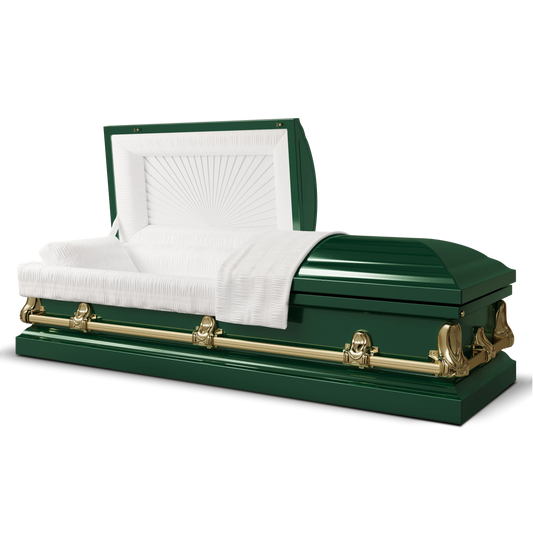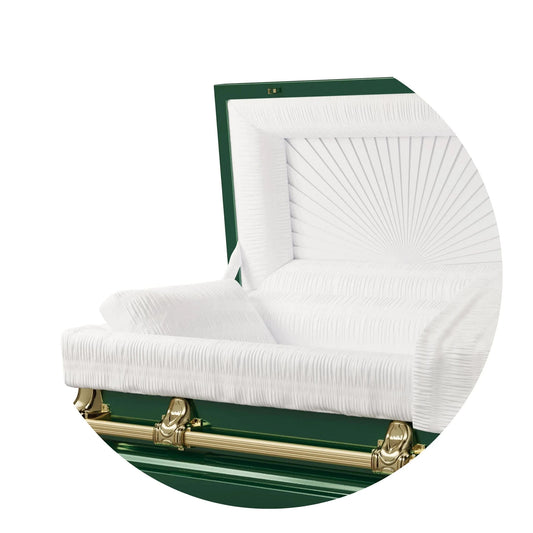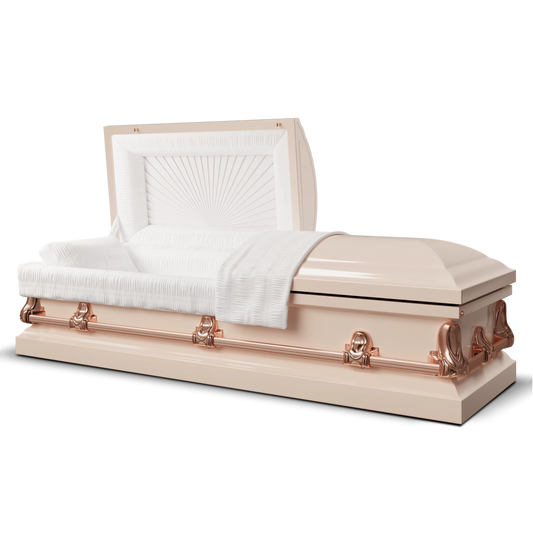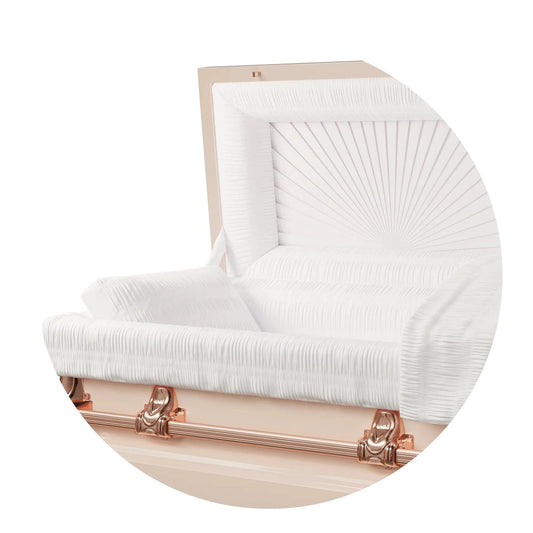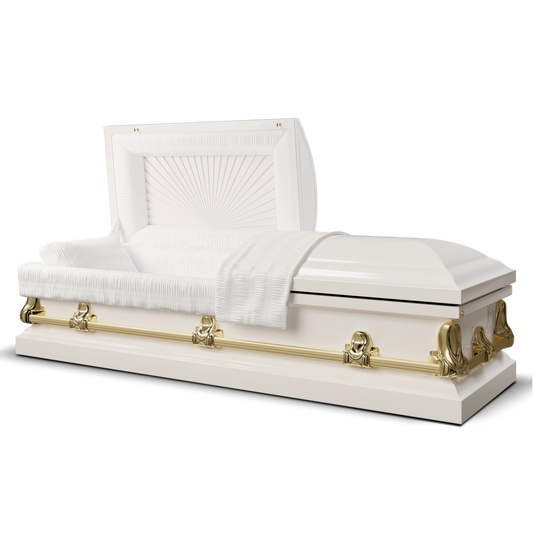Former Justice Sandra Day O'Connor Passes Away
Former U.S. Supreme Court Justice Sandra Day O'Connor, a trailblazer who paved the way for women in the legal profession, advocated for ideological compromise, and played a crucial role in educating generations of Americans about the rights and responsibilities of citizenship, passed away. The court officially confirmed her death on Friday morning, attributing it to complications arising from advanced dementia, likely Alzheimer's disease, and a respiratory ailment. Justice O'Connor, who reached the age of 93, leaves behind a remarkable legacy that extends beyond her groundbreaking achievements on the bench.
Plan Your Farewell with Grace – Our Pre-Planned Caskets Offer Peace of Mind
Early Life and Education:
Sandra Day O'Connor was born on March 26, 1930, in El Paso, Texas. Raised on the Lazy B Ranch in Arizona, she developed a strong work ethic and a deep appreciation for the land. O'Connor's formative years on the ranch instilled in her the values of perseverance and independence that would shape her future endeavors.
In 1950, Sandra Day graduated from Stanford University with a Bachelor of Arts in Economics. Despite the prevailing gender norms of the time, she continued her education at Stanford Law School, where she excelled academically. O'Connor's exceptional legal acumen and dedication to her studies foreshadowed the pioneering role she would play in the legal landscape.
Early Legal Career:
After graduating in 1952, O'Connor faced initial challenges as law firms were hesitant to hire female attorneys. Undeterred, she worked in various legal capacities, including as a deputy county attorney and later as a civilian lawyer for the Army Judge Advocate General's Corps. These early experiences not only honed her legal skills but also heightened her awareness of the gender disparities within the legal profession.
Path to the Bench:
Sandra Day O'Connor's journey to the bench began in the Arizona State Senate, where she served from 1969 to 1974. In 1972, she made history by becoming the first woman appointed as the majority leader of a state senate in the United States.
In 1981, President Ronald Reagan nominated Sandra Day O'Connor to the U.S. Supreme Court, making her the first woman to ascend to the highest court in the land. Her confirmation marked a watershed moment, breaking the gender barrier that had long confined the Supreme Court to male justices. O'Connor's appointment brought a fresh perspective to the judiciary and heralded a new era of inclusivity.
Judicial Legacy:
During her 24-year tenure on the Supreme Court, Justice O'Connor earned a reputation as a pragmatic and centrist jurist. She was often the pivotal swing vote in closely contested cases, exercising a profound influence on the court's decisions.
Known for her commitment to judicial restraint and incremental decision-making, Justice O'Connor approached each case with a keen sense of balance and a deep understanding of the legal nuances involved. Her opinions reflected a dedication to the principles of the Constitution and a belief in the importance of a flexible and evolving legal system.
Beyond her legal acumen, Justice O'Connor's impact was felt in her championing of ideological compromise. In an era characterized by polarized opinions, she stood as a beacon of moderation, emphasizing the necessity of consensus and cooperation in the pursuit of justice. Her ability to find common ground and bridge gaps between divergent viewpoints contributed to the court's stability and resilience.
Notable Cases and Opinions:
Justice O'Connor's opinions in landmark cases left an enduring imprint on American law. In Planned Parenthood v. Casey (1992), she played a pivotal role in upholding the essential tenets of Roe v. Wade, affirming a woman's right to choose while allowing for certain state-imposed restrictions.
Similarly, in Bush v. Gore (2000), Justice O'Connor joined the majority in the controversial decision that effectively resolved the disputed presidential election, highlighting the complexities of the legal and political landscape.
Retirement and Legacy:
In 2005, Sandra Day O'Connor announced her retirement from the Supreme Court, citing a desire to spend more time with her family and engage in other pursuits. Her departure marked the end of an era, concluding a quarter-century of influential jurisprudence.
Post-retirement, O'Connor continued to contribute to legal discourse and public service. She remained an advocate for civic education, recognizing the importance of an informed citizenry in sustaining the democratic principles upon which the nation was founded.
In 2018, O'Connor disclosed that she had been diagnosed with dementia, possibly Alzheimer's disease. As her health declined, she faced the challenges of a progressive neurodegenerative condition with the same grace and courage that defined her illustrious career.
Funeral Details of Sandra Day O'Connor
Her passing signifies the end of an era, but her impact on American jurisprudence and the broader pursuit of justice will continue to resonate for generations to come. Sandra Day O'Connor's trailblazing spirit and dedication to the principles of justice have left an indelible mark on the nation, inspiring future generations to strive for equality, inclusivity, and a more just society. Sandra Day O'Connor's funeral details are not made public yet.
Casket Of Sandra Day O'Connor
Her casket was carried up the steps in front of the court, which was lined by her former clerks, and passed under the iconic words engraved on the pediment, "Equal Justice Under Law," before being placed in the court's Great Hall. A private ceremony was held before the hall opened to the public, allowing people to pay their respects afterward, from 10:30 a.m. to 8 p.m. All nine members of the current court and retired Justice Anthony Kennedy attended the private remembrance.

![Upgrade to Premium Weight [18-gauge steel]](http://titancasket.com/cdn/shop/products/casketthicknesswithnumbers.png?v=1680642906&width=533)


